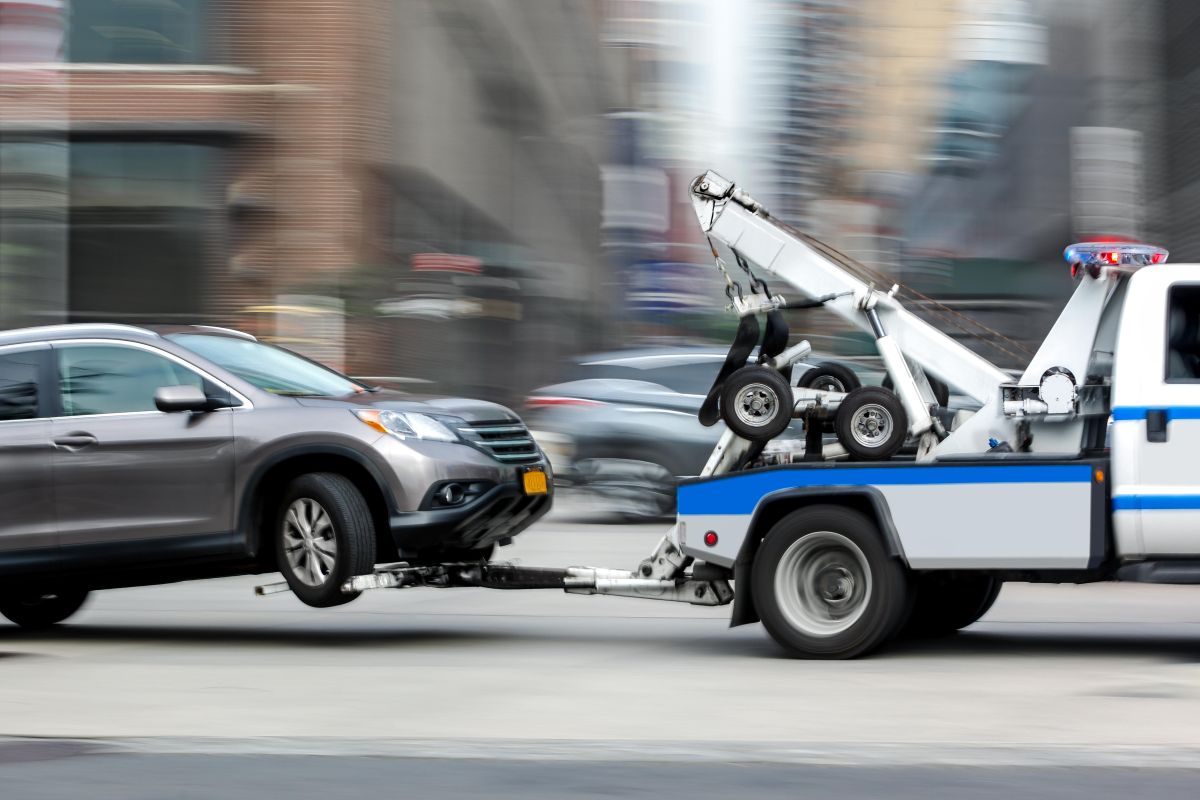The California Bureau of Automotive Repair (BAR) is updating the "Write it Right" guide to include new requirements for automotive repairers, including collision repairers, effective July 1, and will provide a Q&A section to help users stay compliant.
The new regulations address invoicing towing charges, third-party payments and written estimates.
Separate Estimate and Invoice for Towing Charges
Authorization for towing fees must be obtained separately from any authorization for repair work. Repairers will need to create separate estimates and invoices for any towing charges they intend to bill the customer for towing the vehicle to their shop.
Accepting Payment from Third-Party Payor
If a shop accepts payment for repairs from a third-party payor like an insurer or extended car warranty provider, the shop must, prior to obtaining authorization from the customer, do one of the following:
If the amount of the payment to be made by the third-party payor is known, the shop must include the amount approved to be paid by the third-party payor on the estimate.
If the amount of payment to be made by the third-party payor is not known, the shop must include the following disclosure on the estimate: “This estimate is for repairs to meet vehicle manufacturer and industry standards. As the customer, it is your responsibility to contact the third-party payor for approval of payment.”
Estimates Must be Free of Technical Terms
Estimates must include a statement of each repair to be performed, along with a description written in plain language—free of technical or industry-specific terms—so that a person without professional or specialized knowledge can understand it.
Teardown or Disassembly Estimate
The teardown estimate must include the portion(s) or area(s) of the vehicle or vehicle component(s) necessary to assess the extent of the damage or evaluate the condition of the vehicle or vehicle component(s).
Using an Estimate Prepared by Third-Party Payor
Shops that choose not to create their own estimate but use a third-party payor estimate must meet stringent requirements, including notifying the customer that the third-party estimate is subject to the Fair Claims Settlement Practice Regulations.
The estimate must also include:
• A statement of intent to repair the vehicle according to the third-party estimate.
• The name of the third-party payor.
• The unique identifier from the third-party estimate.
• The total repair cost listed on the third-party estimate.
The shop must also attach the third-party estimate (original, duplicate or printout) to the estimate provided to the customer. If the customer approves changes to the repair before proceeding, the shop must notify the third-party payor of these customer-approved changes in the estimate, which could alter the specified payment amount in the third-party estimate.













